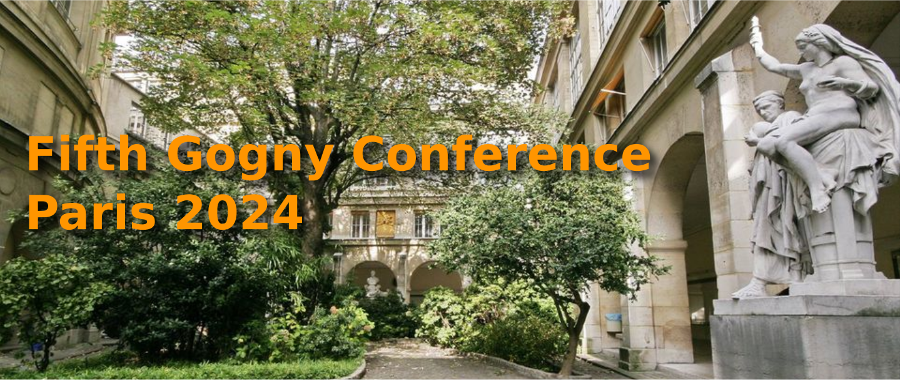Speaker
Description
Usually fission is described in terms of the evolution of the nuclear shape from the ground state of the nucleus up to the pre-scission configuration. In the microscopic picture, the energy dependence of shape evolution can be studied within the Hartree- Fock-Bogoliubov (HFB) mean field theory. To do so, one needs to arbitrary choose constraints on deformation parameters, associated (most often) with the "geometrical" degrees of freedom, like various multipolar moments or necking. In order to determine fission observables like spontaneous fission lifetimes, one needs to perform dynamic calculations that involve the evaluation of the action integral. This quantity is governed by the interplay between the potential energy landscape and the behaviour of collective inertias. Similar approach, although in a slightly different framework can be applied to determine fission fragments mass yield. Since the HFB equations are numerically expensive, one needs to find a reasonable balance between a proper choice of the most relevant degrees of freedom and computational time. The choice of the right set of degrees of freedom in the theoretical description of fission still remains one of the major challenges for contemporary nuclear structure physics [1,2,3]. Obviously quadrupole and octupole degrees of freedom are essential to describe nuclear evolution towards fission. However one should remember also about the non-negligible role of pairing correlations in fission dynamics which is a well known fact since many decades. It has been shown that an increase in the pairing gap parameter (simple, realistic model), leads to an increase in the penetrability of the fission barrier [4]. The main message from those studies is that there is a strong interplay between the potential energy which increases as a square of the pairing gap and the collective inertia - decreasing as an inverse of the pairing gap squared. As a consequence the least action path leads through regions with a larger pairing gap than the least energy path. There are several ways of including constraints associated with pairing correlations into the fission picture. We will present three options based on considering a pairing gap, the particle number fluctuations and pairing strength. Their impact on the fission description will be discussed.
References:. [1] A. Zdeb, M. Warda, L.M. Robledo, Phys. Rev. C104 014610 (2021). [2] N. Schunck, L.M. Robledo, Rep. Prog. Phys. 79 116301 (2016). [3] H.J. Krappe and K. Pomorski, in Theory of Nuclear Fission, Lectures Notes in Physics Vol. 838 (Springer, Berlin, 2012), p. 207. [4] L.G. Moretto and R.P. Babinet, Phys. Lett. B49 147 (1974).

